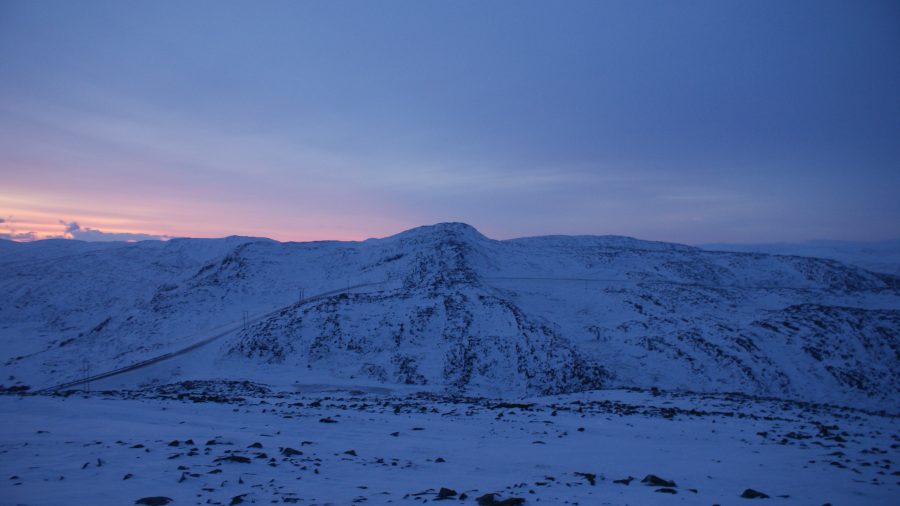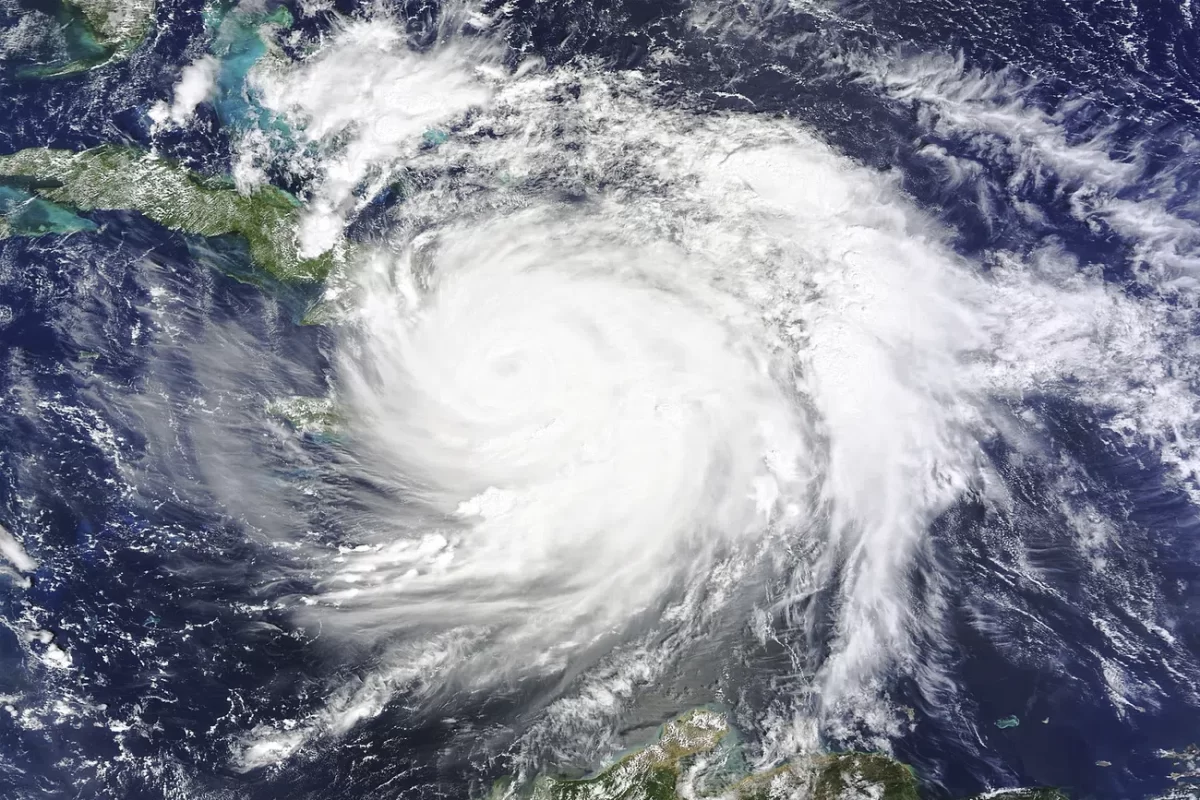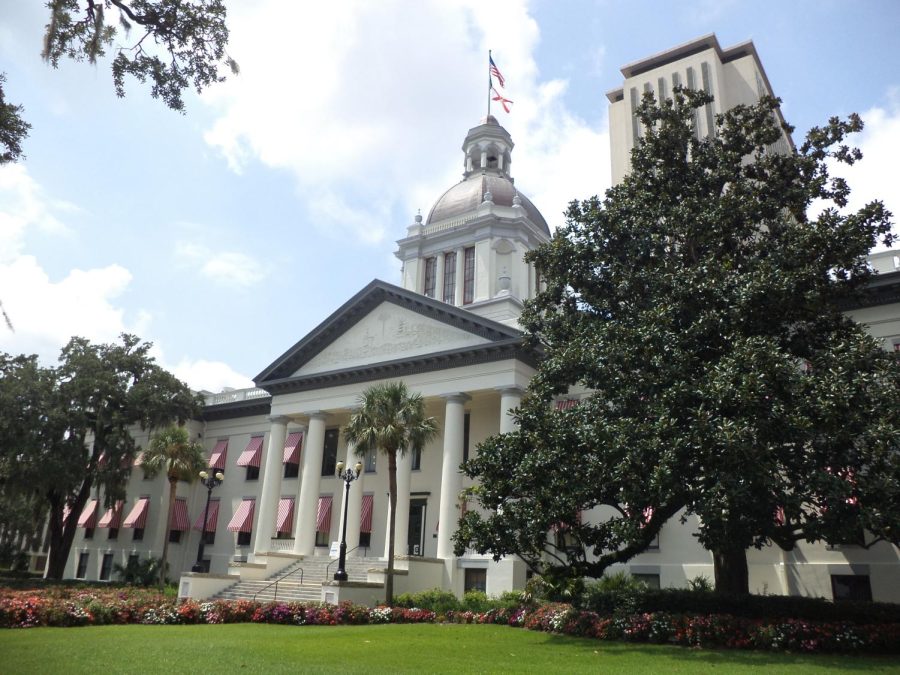Science faculty member Karen Temple Beamish recently traveled to Alaska with a team of researchers to study the effects of global warming on the tundra. She traveled as part of the PolarTREC PolarConnect program, which pairs teachers with research scientists. After spending two to six weeks in the Polar Regions, these teachers return to use their experience in the classroom. The program is highly-selective: over two hundred teachers apply while only fourteen are chosen.
Beamish was selected for this particular mission because of her longtime interest in climate change. The main goal of this project was to discover how global warming would affect the amount of carbon dioxide in the Arctic atmosphere. In Alaska, there is a lot of permafrost, which is a layer of matter that has not decomposed because of the frigid temperatures. As the temperatures increase, however, the permafrost could melt and allow the matter to decompose, releasing a lot of carbon dioxide and methane into the air. The research team set out to discover if this would indeed occur and, if so, how much of these gases would be released.
The team set up many flux chambers, which are little containers that act as artificial atmospheres. They open and close every 30 minutes and measure the amount of carbon dioxide in the air. The researchers also replicated possible future scenarios by warming various small areas and comparing the carbon dioxide levels there to the levels in the regular flux chambers. Their research also studied the amount of methane that was released.
Beamish said that, before embarking on this mission, she was sure that climate change would greatly increase the amount of carbon dioxide in the air. Contrary to this initial hypothesis, the carbon dioxide levels are not currently rising.The team discovered that in the short term, plant growth had increased because of the warmer weather, therefore increasing photosynthesis. Plants can only photosynthesize at a certain rate, however, and the scientists predict that the decomposing microbes will at some point release more carbon dioxide.
Beamish said there were a lot of challenges involved in this experience. She had to keep up with young, energetic scientists who worked constantly, and she had to carry lots of heavy equipment. Nevertheless, she had many great experiences as well. “My favorite part was the teamwork: the women and the men that I got to work with,” Beamish said. “We had a fabulous time. They included me in everything they did. We got to go hiking in Denali National Park together; we made amazing blueberry jam and blueberry pancakes because the blueberries were just everywhere. And, of course, the beauty of the area. That part of the world is stunning, and it’s so different than New Mexico.” Beamish hopes to use her knowledge to educate people both in the classroom and in the local community.







